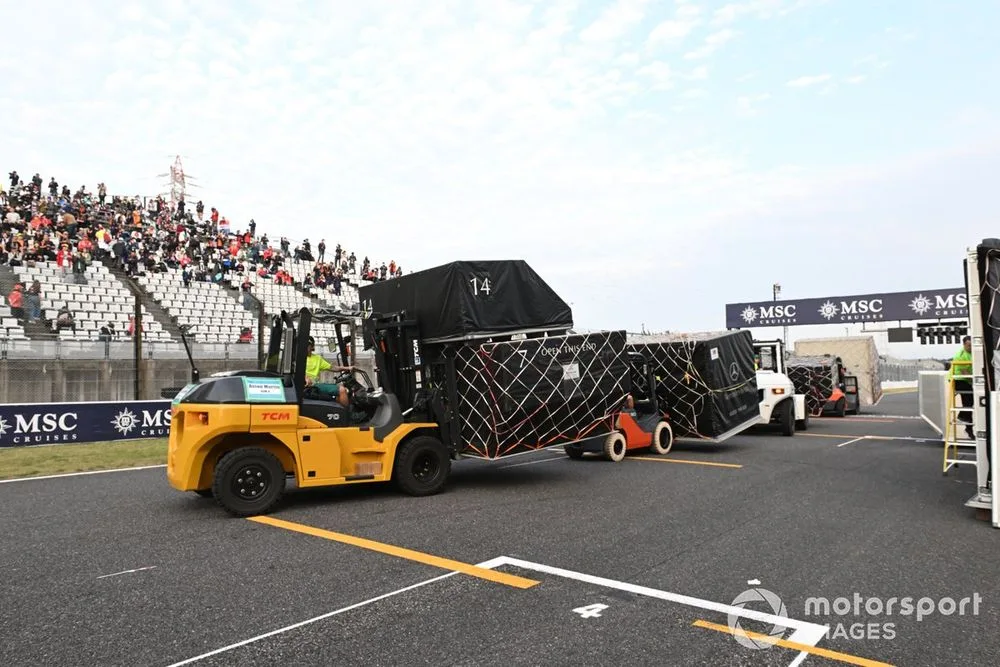Once an anomaly during the pandemic, triple-headers have now become a standard fixture of the Formula 1 calendar.
The first of three runs with three consecutive race weekends starts at this weekend’s Spanish Grand Prix in Barcelona, followed by an overland trip to Austria and then on to Silverstone.
Towards the end of the year there is a triple-header including Austin, Mexico and Brazil ahead of an even tougher end-of-season run of Las Vegas, Qatar and Abu Dhabi.
And while the two flyaway triplets across the Americas and the Middle East carry their own logistical and HR challenges, the summer run of Barcelona-Spielberg-Silverstone is the hardest to pull off.
Teams carry everything by trucks, and the maximum drive times for truck drivers and logistical limitations of certain venues are all part of a complex puzzle that teams have to resolve. The extra time that has to be factored in for customs between the UK and France in the post-Brexit world has added to the logistical headache of the 1600km trip.
“From Austria to Silverstone, the chassis will be stripped on Sunday night at the circuit, so they’re right back in the factory on Tuesday morning, ready for the factory staff to start,” Mercedes Head of Race Team Logistics Karl Fanson explained to Autosport.
“Because of the customs process we go through now, we have to triple man the trucks to guarantee that we’re going to get back. Sometimes you clear customs within an hour, sometimes you’ll be waiting two or three hours.
“The paperwork and admin now is enormous. Before we used to double man the trucks but they can only do up to 21 hours and we can’t guarantee to get back to the factory in that time.”
Logistics is the unseen side of Formula 1, but also requires a lot of planning and preparation
Photo by: Mark Sutton
It’s not just the upcoming triple-header that is causing headaches, but also the recent back-to-back of Imola and Monaco. Because of the cramped confines in the Monte Carlo harbour, with only one truck and crane able to enter the paddock area at a time, there is a strict build order so every team can build up its motorhome and workspaces in time.
McLaren was delayed getting out of Imola, which then caused a snowball effect that also delayed Alpine’s motorhome build.
“Monaco was a bit of a challenge for a few teams this year,” said Mark Norris, McLaren’s Director of Race Operations. “We work with F1 and the FIA on timings and it only takes a little bit to…
Click Here to Read the Full Original Article at Autosport.com – Formula 1 – Stories…

